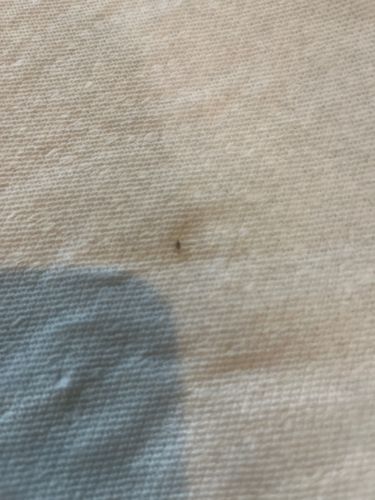Flea
Scientific Name: Siphonaptera (order), various species
Order & Family: Order Siphonaptera
Size: 1.5 to 3.3 millimeters (0.06 to 0.13 inches)

Natural Habitat
Fleas are parasites that live on the bodies of warm-blooded animals, including pets (dogs, cats), livestock, and humans. They can also be found in bedding, carpets, and cracks in floors where their hosts rest or where eggs and larvae develop.
Diet & Feeding
Adult fleas are obligate hematophagous parasites, meaning they feed exclusively on the blood of their hosts. Larvae feed on organic debris, including adult flea feces (which contain dried blood) and skin flakes.
Behavior Patterns
Fleas are excellent jumpers, capable of leaping long distances relative to their size, which helps them transfer between hosts. They are known for their rapid reproduction, with females laying many eggs after blood meals. Their life cycle typically includes egg, larva, pupa, and adult stages, often completed within a few weeks under favorable conditions. They are most active in warm and humid environments.
Risks & Benefits
Risks: Fleas are considered pests due to their bites, which can cause itching, skin irritation, and allergic reactions in both humans and animals. They can transmit diseases, including murine typhus and plague (historically), and are intermediate hosts for tapeworms (e.g., Dipylidium caninum). Benefits: In some ecosystems, they can be a food source for other small predatory insects, but generally, their negative impacts as parasites outweigh any ecological benefits.
Identified on: 10/1/2025